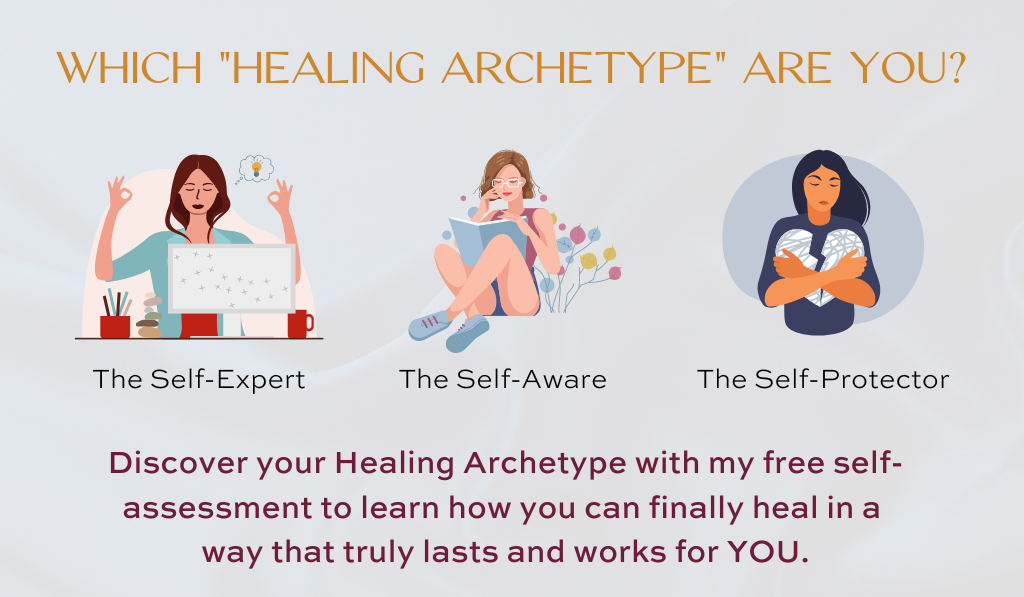Learn your Secret Hack to Stay Calm during an Argument
By Orit Krug | July 24th, 2023
Imagine if you could stay calm during an argument or anytime you got into a disagreement with your partner and communicate what you need.
Staying calm during an argument shouldn’t mean that you have to stay quiet just so you don’t “rock the boat.”
Otherwise, what’s the point? If you bottle up your needs, it’ll eventually come out as an outburst anyway.
A great first step is having a secret little movement you can use to calm yourself down in the moment that isn’t awkward or embarrassing – only you’d know about it!
Today, I want to help you find your safety movement that you can use anywhere, anytime, when you’re with your partner and they say something that makes you feel really anxious and frustrated.
Because it is possible to stay calm during an argument.
This is for those times you feel the impulse to yell at them or put up a wall, particularly when you know that they’re just being their amazing selves.
But the trauma from your past abusive relationship takes control over you and you just can’t help the way that you’re responding.
So I’m going to start by saying that we all have movement preferences that we’ve had for a very, very long time.
We all have a set of ways that we prefer to move and have preferred to move for probably our entire lives.
I’ll give you a little example from when I was younger. I would dance everywhere, I would dance all over my house, I took tap classes, I would just be like, tap, tap, tap, tap, dance, dance, dance! I would just be free in my movement everywhere.
But my dad worked a lot and he’d come home pretty stressed and not tolerant of my cheerful dancing and he’d tell me to stop and quiet down.
He basically gave me the message that it was not okay to be free in my movement. It hurt me. I took that as a message that I can’t be myself.
So I started controlling my movement a lot more and to this day, the way that I’m so comfortable with moving (you can probably see this from my video) is with lots of control.
We all have these stories. We all have these movement preferences.
So what I want to do is help you find the way that you feel safest moving. We’ll call this your safety movement that you can come back to whenever you feel triggered by the trauma of your past abusive relationships. So that you can use it on the spot to stay calm during an argument and not let emotions control you.
Instead, you control the way your body responds.
So maybe it’s comfortable for you to move really, really fast and that speed of movement feels safe for you.
Maybe you feel more comfortable when you move in multiple directions at once instead of one focused direction.
That might be because it allows you to get a huge wide scope of whatever environment you’re in. For example, let’s say you walk into a party and want to see what’s going on before you make any sort of decision with your body, like going to the bowl of chips. Your subconscious made sure that action was safe for you.
So anytime I’m working with a new client, we set a safety movement early on, before we dive into the work, because moving can stir up a lot of emotions that maybe haven’t been dealt with in a while. So we figure out what’s going to be your safety movement.
Let’s do this right now (skip to 4:15 in the video above)
Swaying is really popular because of the soft, gentle soothing motion.
You might like something different because what’s right for some may not be right for you.
Try twisting. There’s more strength and directness to this movement vs. swaying.
So play with the qualities right now and see what’s comfortable for you. Maybe it’s moving or not moving, but actually staying close to your body.
Tune into what feels safe to you right now that you’re like, “Yeaaaah, that’s familiar.”
Something that you realize, “I do that a lot. I do that when I’m talking. I do that when I’m in a conversation.”
Then bring some intentional movement to that. like “Alright, I’ll do this when I’m talking to someone or when I’m getting triggered.”
So, this is how you can discover your safety movement so you can calm yourself down in the moment instead of reacting with emotions you might regret later on.
Want to learn more about how movement can help you heal trauma?
Take my 5-question Self-Assessment to discover your Healing Archetype. You’ll get instant access to a personalized blueprint that’ll help you:
- Assess if your brain & body are truly ready to let go of the past
- Understand the science behind why the most common therapies aren’t enough to heal trauma
- Learn about how my methodology can help you finally let in lasting love, wealth, and health without self-sabotage.
